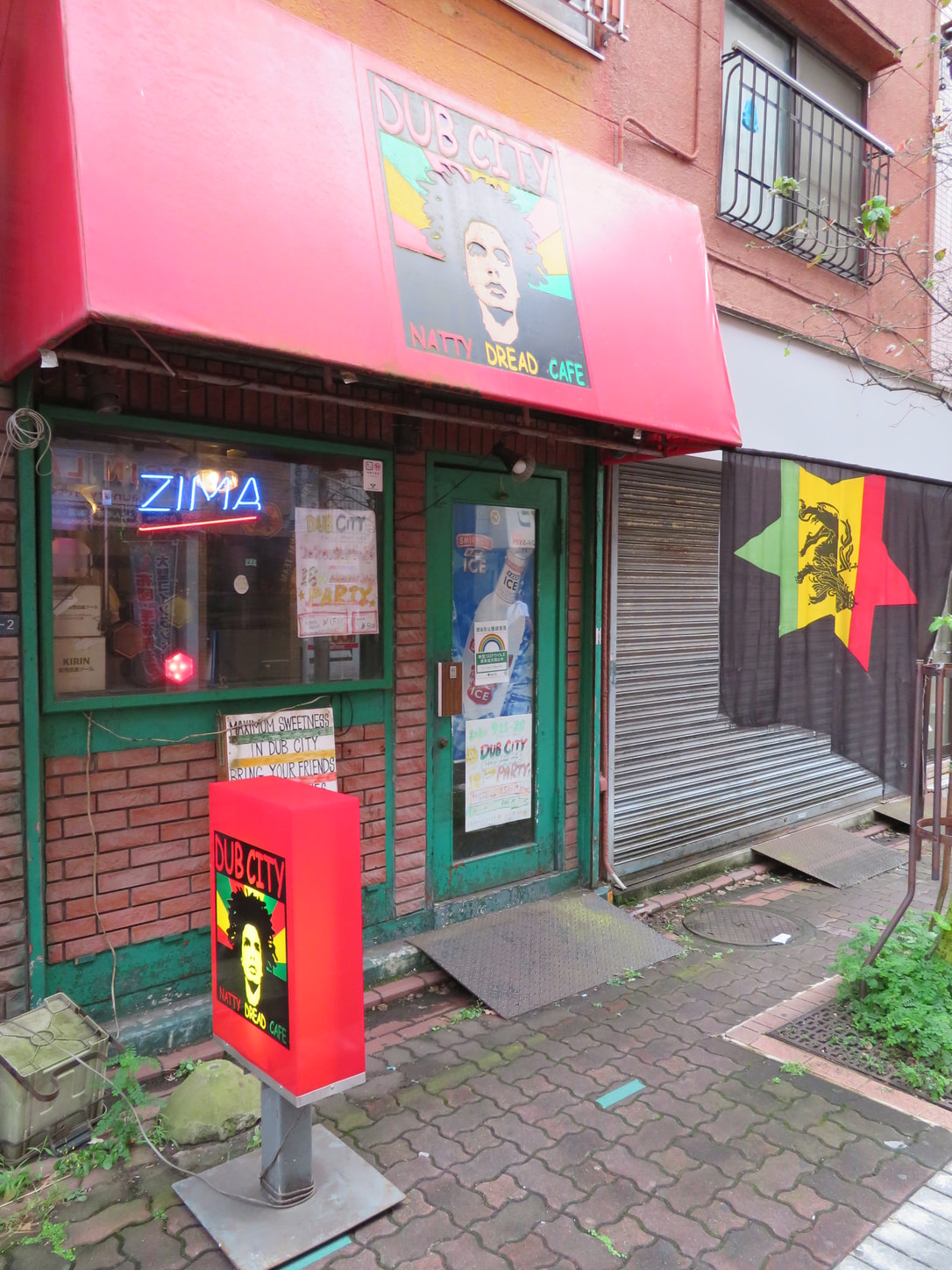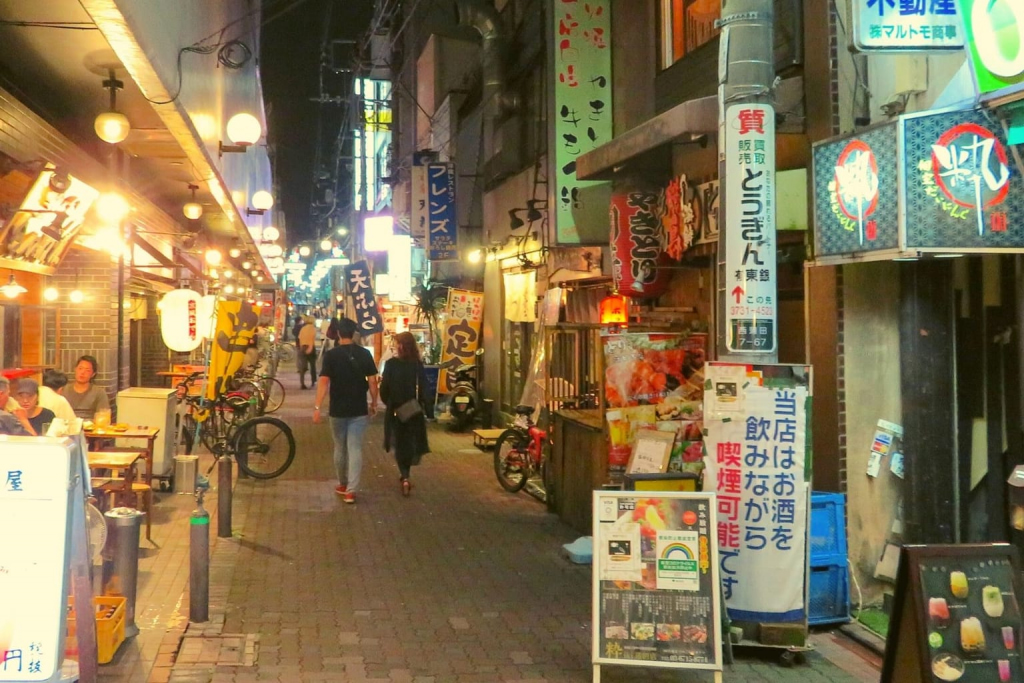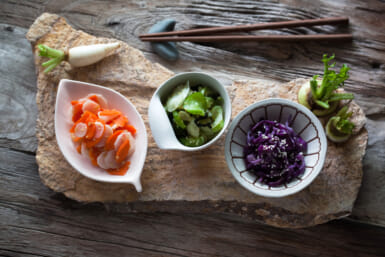This is a two-part article covering Kamata’s shitamachi roots and recent evolution into a multi-ethnic haven. Read Part I here.
In Part I of this article, we explored the 20th-century shitamachi history of Kamata, a neighborhood of shopping, eating, and entertainment that remains true to its working class roots. As previously mentioned, one distinctive feature of the neighborhood is how multi-ethnic it has become over the years. Ota-ku is home to the most nationalities of any Tokyo ward and many of them live, work and shop in and around Kamata.
At the end of the 20th century, Asian migrants hired to work in transshipment of air and ground freight and other jobs related to Haneda Airport, quickly discovered Kamata as a convenient and affordable neighborhood. Over time, various ethnicities moved in.
Entrepreneurs soon recognized the business opportunity of catering to their specific needs. Now Kamata is home to Indian, Vietnamese, Philippine and Chinese grocery stores stocking ingredients not usually found in Japanese groceries, including condiments, spices, flavor mixes, canned and frozen meats, and fresh vegetables commonly included in Asian ethnic dishes but not usually seen in Japan. I never knew there were so many rice noodles varieties until I stopped to check out the Vietnamese grocery (pictured below) on Sun Road, the smaller of the two covered shotengai on Kamata’s west side.

Similarly, the Chinese grocery has several freezer cases full of various shapes and flavors of dumplings. There is even a shop on Sun Road specializing in Chinese cookware.
Of course, there are ethnic restaurants, some of which opened to cater to the immigrant populations and others to introduce their particular cuisine to Japanese customers. One example of the latter is Yildiz, a Turkish restaurant on the east side of JR Kamata where both the food and the décor are authentically Turkish. After opening the restaurant, owner Kerem Kargi realized that his establishment was around the corner from Kamata Masjid, the only Muslim mosque in this part of Tokyo. Just another reason to keep his menu Halal.
There are at least three Indian restaurants and one Thai restaurant on each side of JR Kamata station, including the Thai restaurant curiously named Amigo. At the far end of Bourbon Road, you’ll find Shirairu, a tiny Taiwanese izakaya. If you have a hankering for Korean food (not necessarily yakiniku, so-called Korean barbecue, although there are several of those places, too), look for Butadon near the entrance of the Tokyo University of Technology Kamata Campus or the nearby Choayo with its excellent kimchi selection.
“Ota-ku is home to the most nationalities of any Tokyo ward and many of them live, work and shop in and around Kamata.”
Just steps from Choayo, a seemingly nameless Turkish kebab shop sells several varieties of takeaway meals, all Halal (of course). And if you’re really in a middle-eastern mood, how about Shisha Aladdin, the hookah café catty-corner from the kebab shop?
Back on the east side of JR Kamata, Isla Pamilya, not far from Athlecitta, offers Philippine food. Or, if you’re tired of Asian cuisine, try Unos Dining at the end of the same road. It features Spanish food, including paella and sangria.
If you’re looking for a bit of diversity in your drinking, Kamata can accommodate that, too. At the far end of Sunrise Road, the largest of Kamata’s shotengai, sits Dub City, a Rastafarian bar run by Barry, a Nigerian who has made Japan his permanent home. Despite, or because of, his chosen themes of reggae music and football on the telly, he has a full complement of locals who regard this as their local bar. Or perhaps it is because Barry is just such a good company.

Although craft beers aren’t necessarily ethnic and could even be said to have become mainstream these days, Haneda Baru, just a couple of blocks north of Dub City, features Haneda craft beer and pizza baked in a wood-fired oven. A little farther down the same road is T’s Boy, a Texas-style steak house. Hey! American food is ethnic, too!
As a shitamachi, Kamata, with only a little over a century of history, could be said to be an upstart. Yet it offers everything one expects to find in a shitamachi neighborhood and, thanks to the multi-ethnic population, much, much more. Why not explore for yourself?
Getting There
Explore Kamata by getting off either at JR Kamata Station or Keikyu Kamata Station. All shops and restaurants in this article are within local distance from either of those stations.









